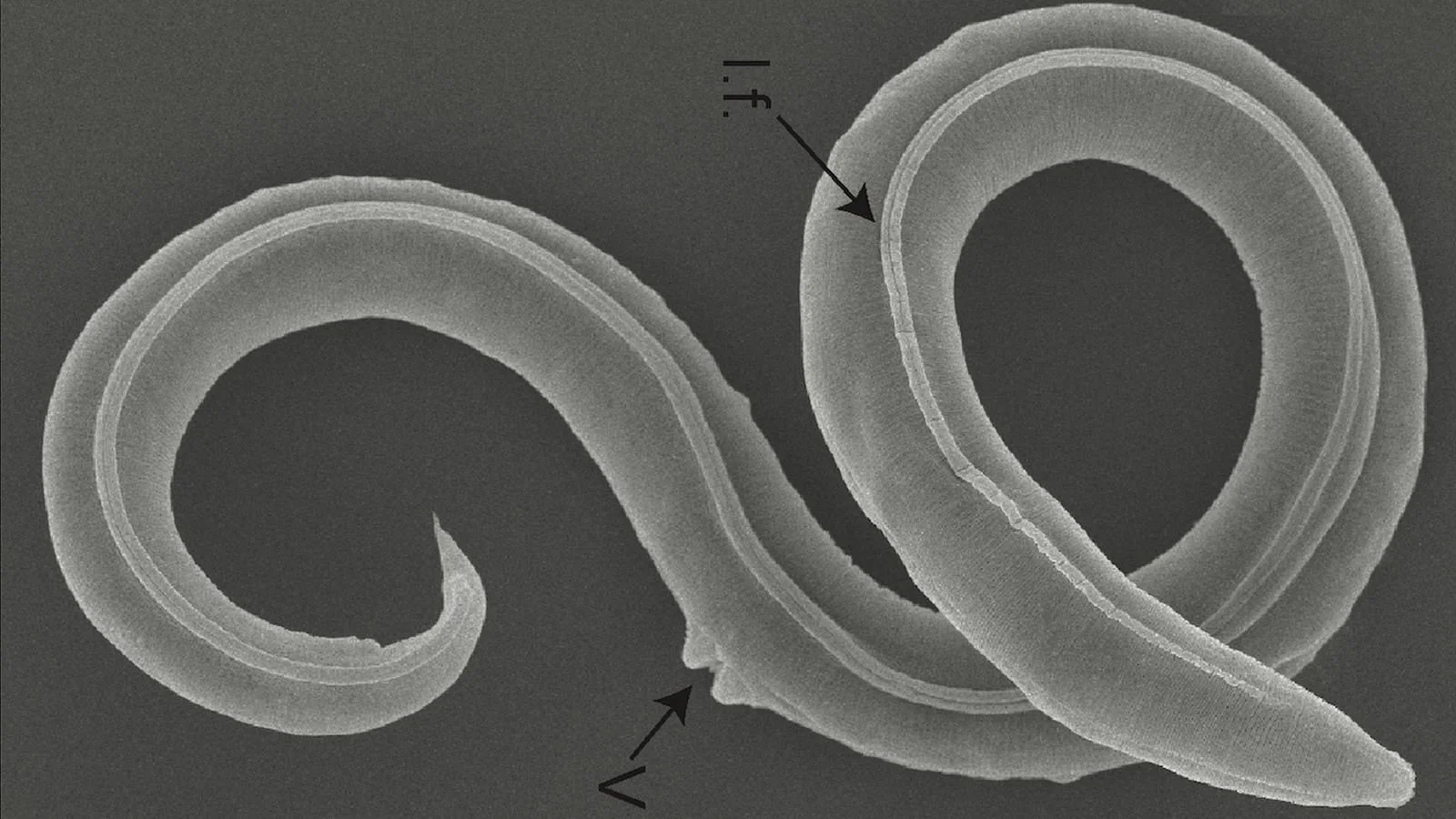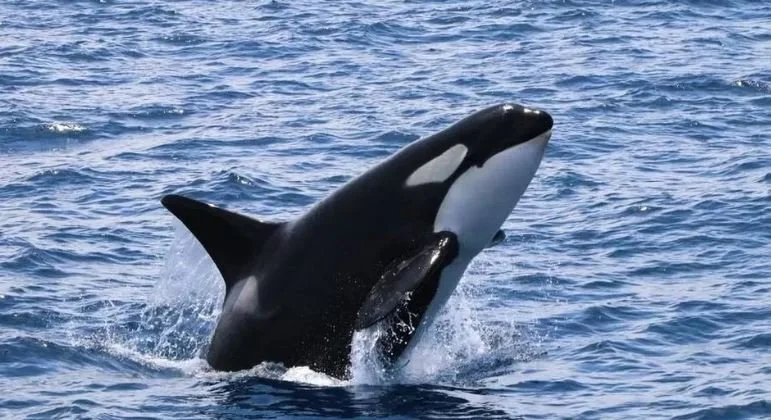Scientists Revive Worms Frozen for 46,000 Years
Scientists have revived roundworms – nematodes – that were buried in Siberian permafrost for 46,000 years. The tiny creatures survived their big sleep in a state of suspended animation called cryptobiosis, a survival tactic deployed by nematodes, tardigrades, and rotifers.
The research, published in the journal PLOS Genetics, used radiocarbon dating of frozen plant material in the nematodes’ burrow – some 130 feet below the permafrost surface – to determine the worms had not been thawed since the late Pleistocene, the epoch of Neanderthals and wooly mammoths.
Using genome sequencing, the researchers determined that these nematodes are a previously undescribed species – now dubbed Panagrolaimus kolymaensis – and are possibly extinct. Well, not any more. Among the first acts of the awakened worm was to commence reproducing, asexually, another neat trick these animals are capable of.
What’s the point of waking up these worms? Perhaps we can develop something similar to cryptobiosis for humans, in order to endure space travel, say, although such speculation is still the stuff of science fiction. That didn’t stop the study’s co-author Philipp Schiffer from speculating that “studying the adaptation of species to such extreme environments by analyzing their genomes will allow us to develop better conservation strategies in the face of global warming.” He did not elaborate.
Although none of the nematodes plucked from the permafrost are still alive (nematode life spans are measured in weeks or months), their progeny live on in the lab. Let’s hope they stay there.
Photo credit: Shatilovich et al. / PLOS Genetics







